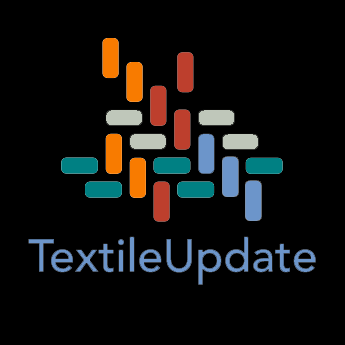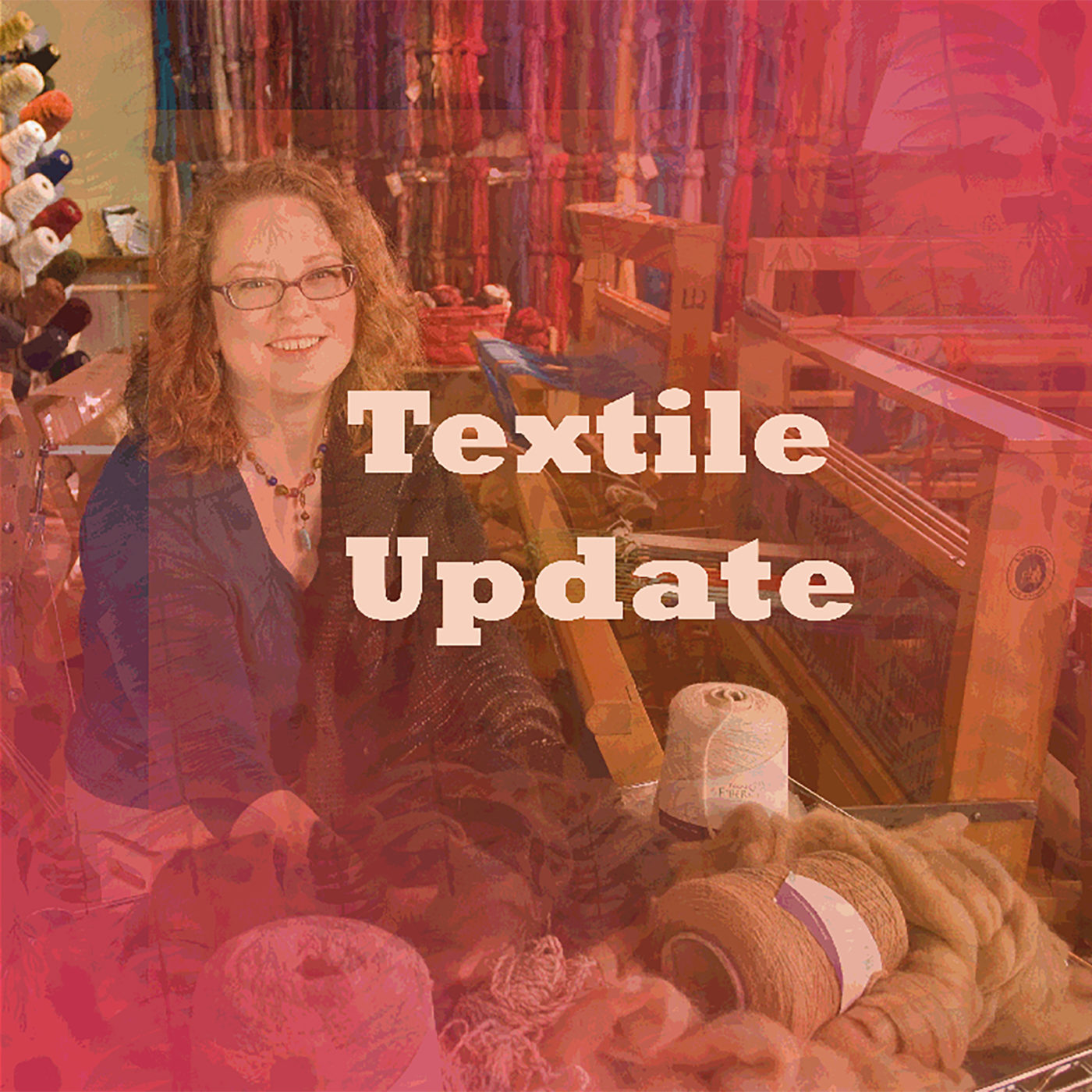How will changes in water availability impact the sustainability of cotton? With climate change, we see some changes in how much and what quality of water is available in different regions of the globe. Places…
Cotton is a popular fiber and this makes it a popular topic for research and development for sustainability. In this episode, I discuss the difference between conventional and organic agriculture in the United States and…
Season 4 Introduction
- November 17, 2024
- Tagged as: Introduction, podcast, textiles
I haven’t started a new season of this podcast, which is a companion to my Textiles course at Texas State University because the course is complete. However, I know that some people are looking for…
I start a new season of the podcast with each new session of my Textiles course.
Podcast: Play in new window | Download
Podcast: Play in new window | Download
Podcast: Play in new window | Download
Podcast: Play in new window | Download
Podcast: Play in new window | Download
Podcast: Play in new window | Download
Podcast: Play in new window | Download
Podcast: Play in new window | Download
Podcast: Play in new window | Download
Podcast: Play in new window | Download
Podcast: Play in new window | Download
Podcast: Play in new window | Download
Podcast: Play in new window | Download
Podcast: Play in new window | Download
Podcast: Play in new window | Download
Podcast: Play in new window | Download
Podcast: Play in new window | Download
Podcast: Play in new window | Download
Podcast: Play in new window | Download
Podcast: Play in new window | Download
Podcast: Play in new window | Download
Podcast: Play in new window | Download
Podcast: Play in new window | Download
Podcast: Play in new window | Download
Podcast: Play in new window | Download
Podcast: Play in new window | Download
Podcast: Play in new window | Download
Podcast: Play in new window | Download
Podcast: Play in new window | Download
Podcast: Play in new window | Download
Podcast: Play in new window | Download
Podcast: Play in new window | Download
Podcast: Play in new window | Download
Podcast: Play in new window | Download
Podcast: Play in new window | Download
Podcast: Play in new window | Download
Podcast: Play in new window | Download
Podcast: Play in new window | Download
Podcast: Play in new window | Download
Podcast: Play in new window | Download
Podcast: Play in new window | Download
Podcast: Play in new window | Download
Podcast: Play in new window | Download
Podcast: Play in new window | Download
Podcast: Play in new window | Download
Subscribe: RSS
Podcast: Play in new window | Download
Podcast: Play in new window | Download
Subscribe: RSS

